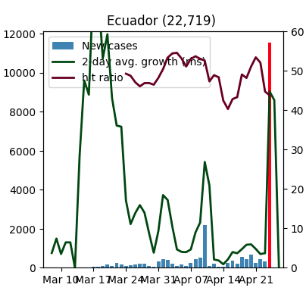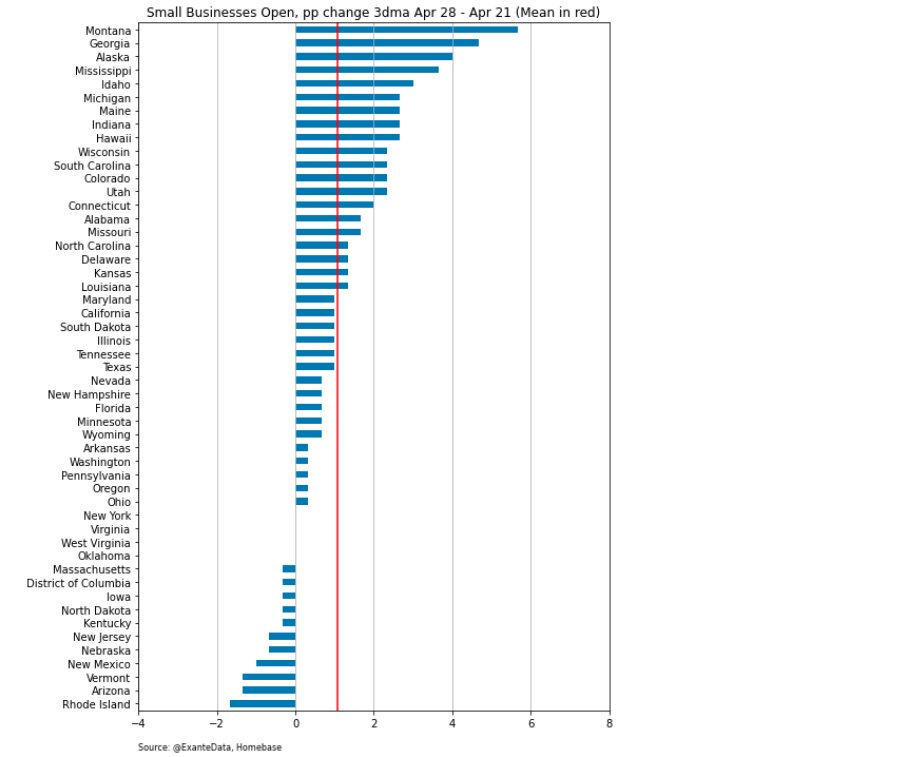nhc.gov.cn/yjb/s3578/2020…
news.bloomberglaw.com/coronavirus/wh…

We will leave at that...THREAD END.



Keep Current with Exante Data
This Thread may be Removed Anytime!
Twitter may remove this content at anytime, convert it as a PDF, save and print for later use!

1) Follow Thread Reader App on Twitter so you can easily mention us!
2) Go to a Twitter thread (series of Tweets by the same owner) and mention us with a keyword "unroll"
@threadreaderapp unroll
You can practice here first or read more on our help page!